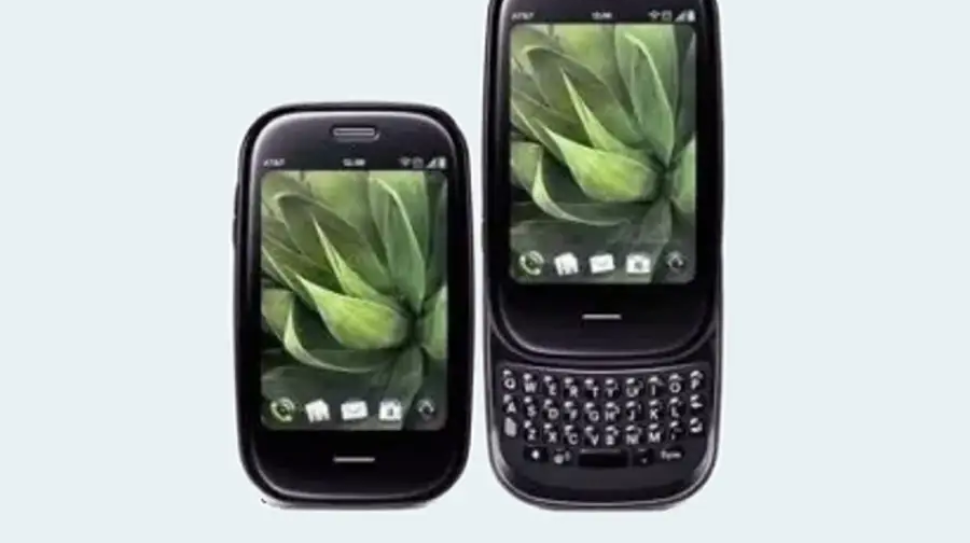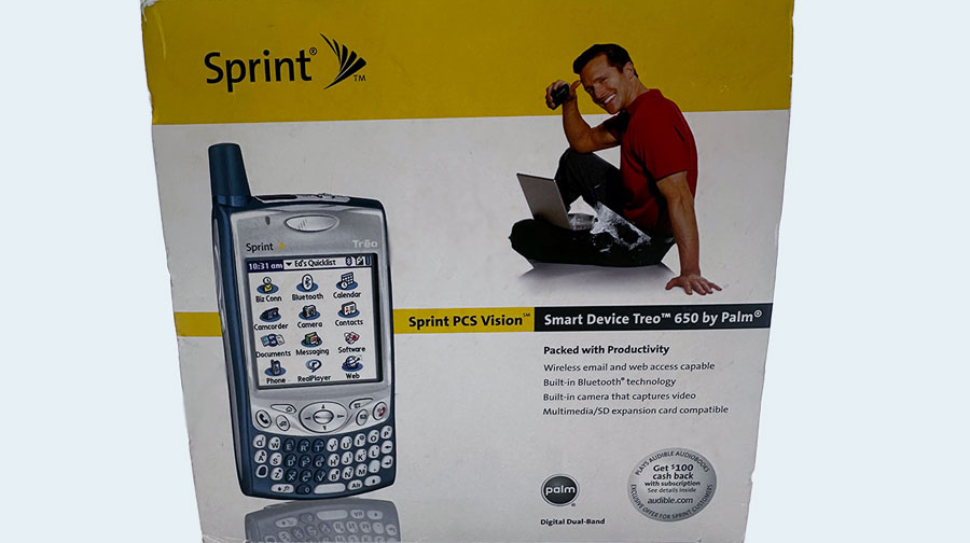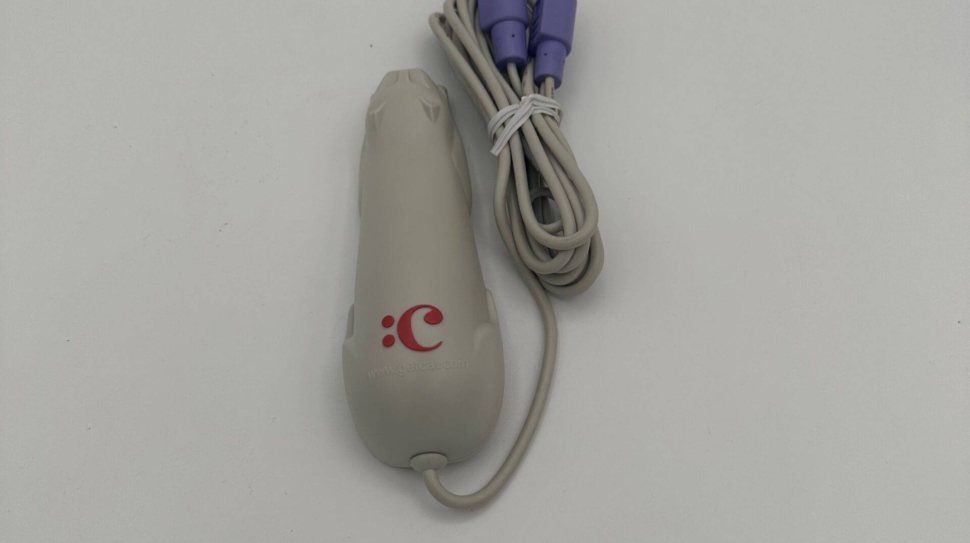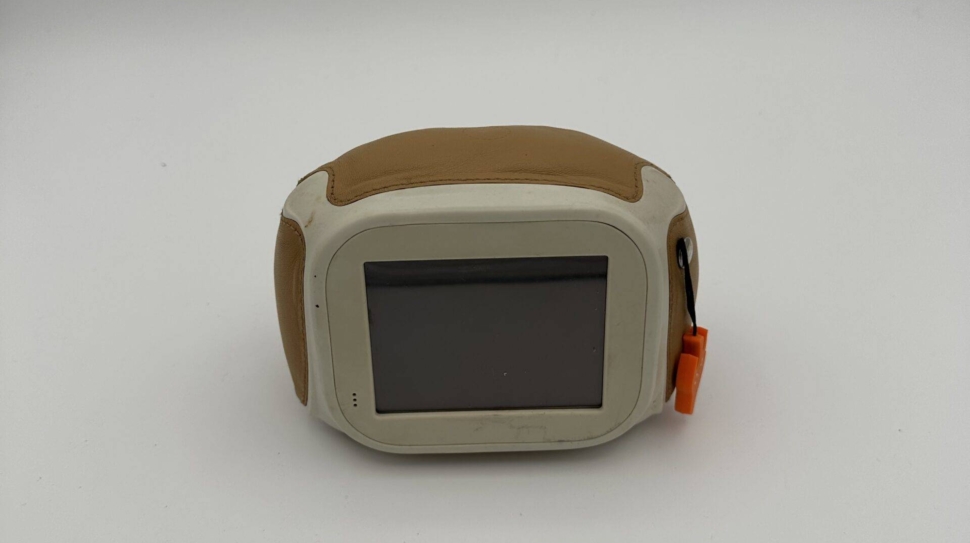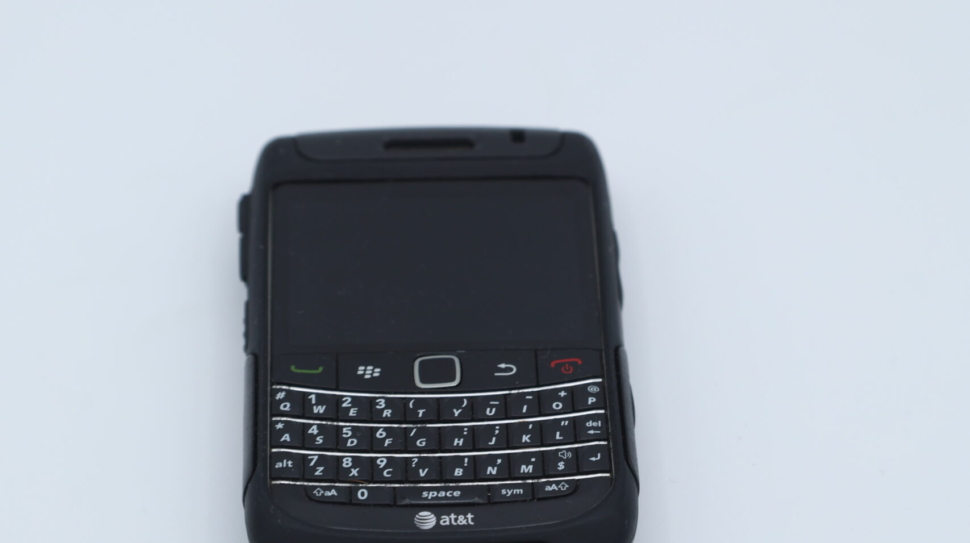Palm Pre
Launched in 2009, the Palm Pre’s biggest disadvantage was its app store, which had only about a dozen apps, compared with over 40,000 for the iPhone. There were only a handful of buttons, and these were rubbery and protruded too little from the bod ...


